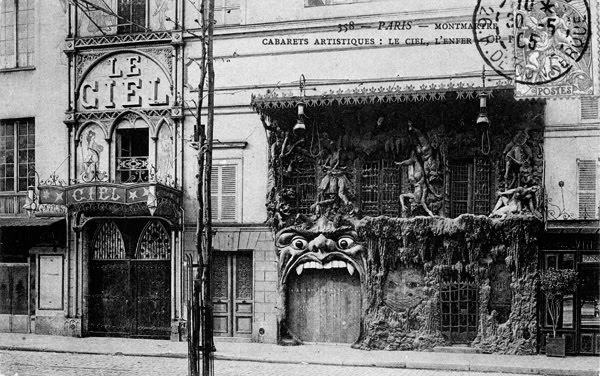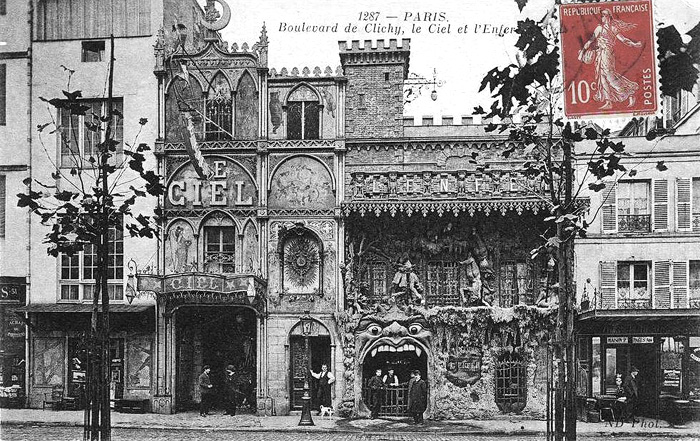
- Home
- Our Research Approaches
- Sensing Materiality and Virtuality
Is there a virtuality avant la lettre? And how would one think about it in the Middle Ages?
1. In Theory
Basically (here: Aristotelian) virtuality means a ‘capacity’ (dynamis), which does not come to action (energia) – but nevertheless has effects on reality. The virtual is not physically present, but it is ‘seemingly real’ (being a simulation that has real effects). It is not material, but nevertheless existent – the latter distinguishes it from fiction. The virtual has real effects, because it refers as potentiality to its actualization and is effective in this reference.
The mirror image may be the paradigm here: it is a surface effect generated by actual causal interactions on the material level. The virtual unfolds not ‘by means of’ but ‘at the surface of’ the material (materiality). And yet, looking at the mirror image often has extremely real effects because we actualize it on the reflecting body.

With a primary focus on the Middle High German ‘afterlife journeys’ of the High and Late Middle Ages, the upcoming project investigates this form of virtuality, its interaction with materiality and sensuality of body and world. This systematic project intertwines with several projects at IMAREAL that observe comparable interactions on the basis of medieval artworks and thus provide indications that virtuality did not first enter the world with postmodernism.

The same applies to the sensory stimulus (sensing), which virtually takes place not because of the material, but because of its simulation. Of course, when thinking of this sensory stimulation, one spontaneously thinks of ‘virtual reality’ and the VR-glasses that enable participation in it. However, the project will be about detaching this mode of sensing from the concrete technical medium and thus fathoming it historically or systematically… as deep as into the deepest depths of hell.
2. In Practice
In the medieval genre of ‘afterlife journeys’, hell, being transcendent, is not conceived as material, but has nevertheless effects on reality. Its spatial status is that of a physical impossibility; it is infinite, and yet it is surveyed as finite by the perception of the traveller. This traveller himself usually has a double corporeality: on the one hand his body remains, seemingly dead, on earth, on the other hand his soul wanders as an avatar through the space beyond. This leads to the paradoxical state of the soul body, which most of the beyond travellers assume just like the ones in the beyond: They are ‘shadows’ but can still engage in actions ‘as if’ they were corporeal. Thus, the body is also a virtual one, an avatar, which has only the capacity of the corporeal (e.g. in the sensation of pain), but not its materiality.